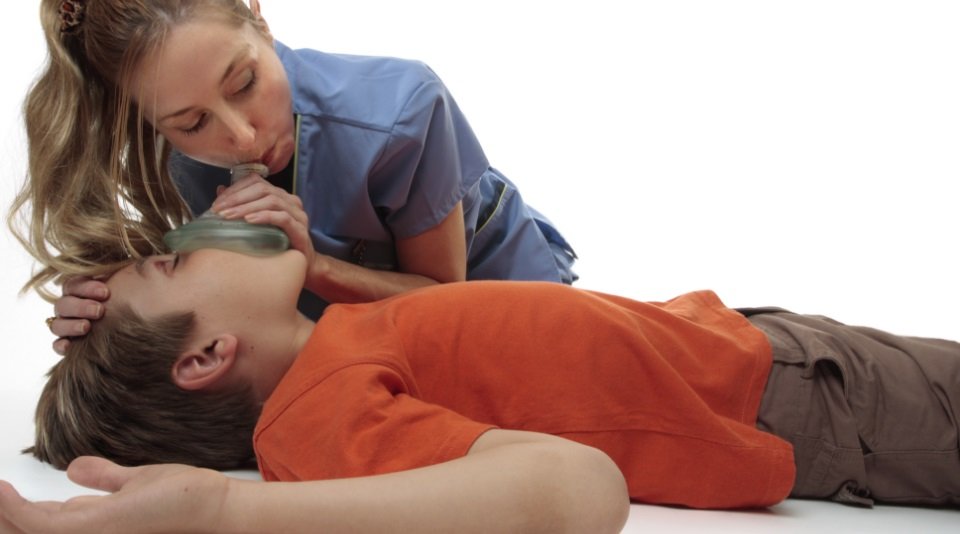Cardiopulmonary resuscitation, commonly known as CPR, is an emergency procedure that combines chest compression often with artificial ventilation in an effort to manually preserve intact brain function until further measures are taken to restore spontaneous blood circulation and breathing in a person who is in cardiac arrest.If bystanders who witness a cardiac arrest perform CPR, sufficient blood containing oxygen will reach the brain, heart and other organs to keep the person alive for several minutes. CPR by itself will not restart the heart, but it ‘buys time’ for the emergency medical services to reach the scene.
Course Highlights
- In-House training on a date/time of your choosing
- Practical demonstrations on Resuscitation (CPR)
- Fun, dynamic and memorable training methods to maximise learner recall, knowledge and confidence
- Helpline to help you manage your On-Site booking
Course cost: FREE
Duration
In-House Training / 2 hours
You choose the start time that suits you best.
We recommend starting no later than 2.00pm to enable the course to finish by 5.00pm
During the two-hour training course you will learn how to:
- deal with an unconscious person
- recognise a heart attack and a cardiac arrest
- perform CPR
What to bring
• Comfortable clothes
• A positive frame of mind
The main purpose of the CPR is to restore partial flow of oxygenated blood to the brain and heart. The objective is to delay tissue death and to extend the brief window of opportunity for a successful resuscitation without permanent brain damage. The most important skills are chest compressions to pump blood around the body, and rescue breaths to provide oxygen. Rescue breaths are also known as the ‘kiss of life’.
According to the International Liaison Committee on Resuscitation guidelines, CPR involves chest compressions for adults between 5 cm (2.0 in) and 6 cm (2.4 in) deep and at a rate of at least 100 to 120 per minute.The rescuer may also provide artificial ventilation by either exhaling air into the subject’s mouth or nose (mouth-to-mouth resuscitation) or use a device that pushes air into the subject’s lungs (mechanical ventilation). Current recommendations place emphasis on high-quality chest compressions over artificial ventilation; a simplified CPR method involving chest compressions only is recommended for untrained rescuers.




